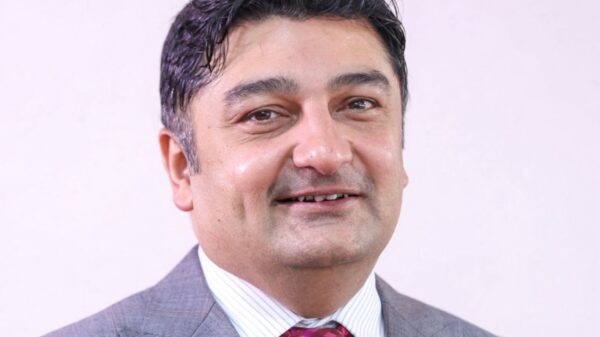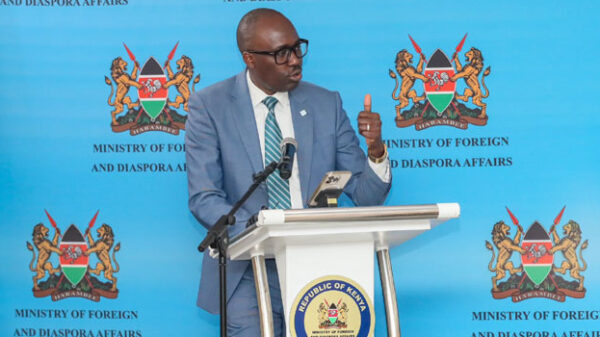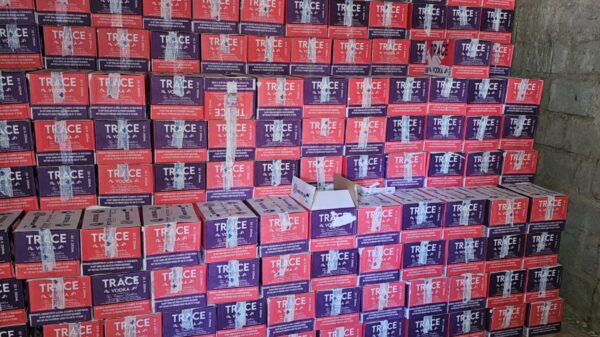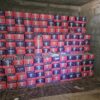NAIROBI, Kenya, Nov 20 — President William Ruto on Thursday unveiled an ambitious irrigation plan that will see the construction of 50 mega dams, 200 medium and small dams, and thousands of micro-dams, aimed at ending Kenya’s reliance on rain-fed agriculture.
Speaking during his the Nation Address in Parliament on Thursday, Ruto described the country’s food insecurity as a self-inflicted limitation caused by underinvestment in water storage, despite Kenya’s abundant natural resources.
“We cannot continue to be a nation that imports food worth Sh500 billion every year while 85 percent of our land waits for water,” he said.
Ruto emphasized that the country must break the cycle where the presence or absence of clouds determines whether Kenyans eat, insisting that water harvesting, storage, and distribution are the only sustainable paths to food security.
“We have the land. We have the rainfall. What we lack is the infrastructure to capture it. Once we store and channel this water, the so-called arid and semi-arid lands will become Kenya’s new food baskets,” he told lawmakers.
The government targets to bring 2.5 million acres under irrigation within seven years, with key projects already identified, including High Grand Falls in Mandera, the Isiolo–Barsalinga Dam, Yatta Dam in Machakos, Soin Koru in Kisumu, Rumuruti Dam in Laikipia, Thuci Dam on the Embu–Tharaka Nithi border, Lowaat in Turkana, Muhoya on the Nyeri–Kirinyaga border, and several others in Kiambu, Kilifi, Homa Bay, and Bungoma.
Ruto said the transition to irrigation will not only secure the country’s food supply but also support the manufacturing agenda by ensuring steady raw materials for Special Economic Zones, Export Processing Zones, and County Aggregation and Industrial Parks.
“This is how Kenya becomes a net exporter of food. This is how we build rural prosperity and protect our economy from global shocks,” he said.


















































